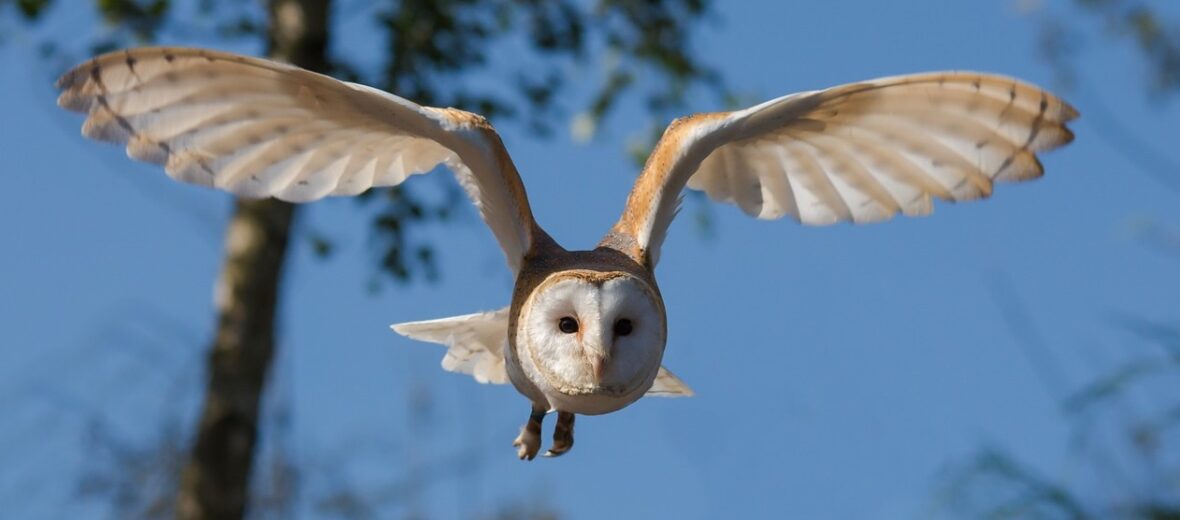
The barn owl is not only the most widespread of any owl species, it’s the most widespread of any bird species. These beautiful raptors of the night exist on every continent, sans Antarctica. They aren’t a fan of overly cold winters, but they can handle a little chill. They aren’t equipped to find prey in the snow. This is why too much cold weather can be lethal for them as they will ultimately starve to death. They prefer grasslands and farmlands. Barn owls are listed as Least Concern by the IUCN.
First the Stats…
Scientific name: Tyto alba
Weight: Up to 1.4 lbs.
Length: Up to 16 inches
Wingspan: Up to 37 inches
Lifespan: Up to 25 years
Now on to the Facts!
1.) They prey on voles, mice, shrews, young rats, and even fish.
2.) Like many other animals, the availability of food determines the brood size. More food = more owlets.
3.) Barn owls screech and scream, they don’t hoot.
4.) These owls are not territorial at all and frequently have overlapping territories.
5.) Like all owls, they boast serrated wing feathers that help muffle the sound made from flapping wings. This allows for an almost silent flight.
But wait, there’s more on the barn owl!
6.) The barn owl is a monogamous species, mating for life.
7.) Most barn owls meet their fate due to ingesting rodenticides (rat poison), while eating rodents. Others end up as road kill or starve at the hands of a dwindling rodent populations.
Did you know…?
Owls have ears at slightly different heights to help calculate the exact source of even the tiniest noises made by their prey.
8.) These critters don’t really build nests but rather prefer to live in buildings, barns, and hollowed out trees.
9.) Females lay between 4 – 7 eggs each brood. They can have up to 2 broods a season.
10.) Like other owls, incubation begins when the first egg is laid. The hatching is always asynchronous. This means that each egg hatches up to 30 days after it was laid, so the smallest chick in a brood will be 2 weeks younger than its oldest brother or sister.
Now a Short Barn Owl Video!
Also, check out the Critter Science YouTube channel. Videos added frequently!
Want to suggest a critter for me to write about? Let me know here.



